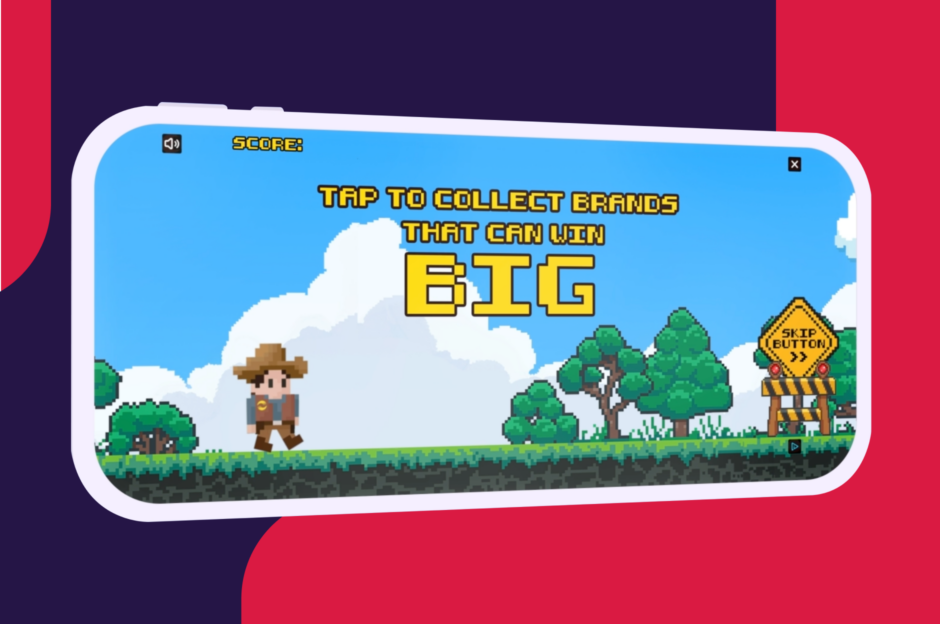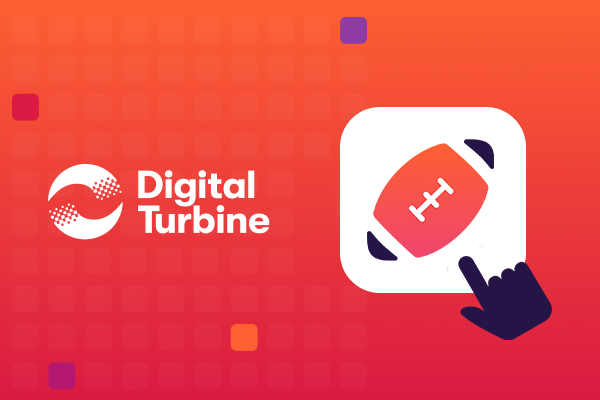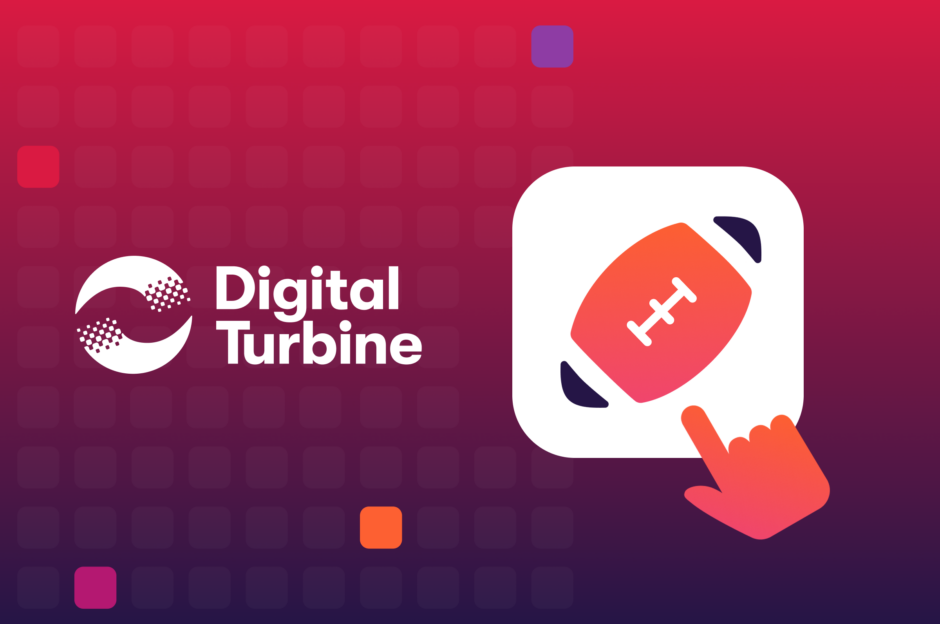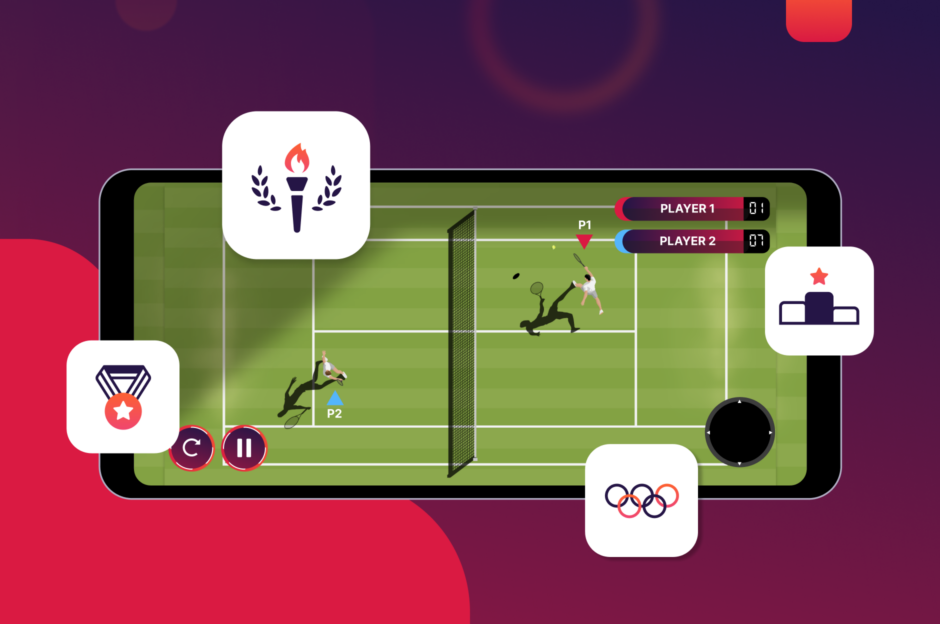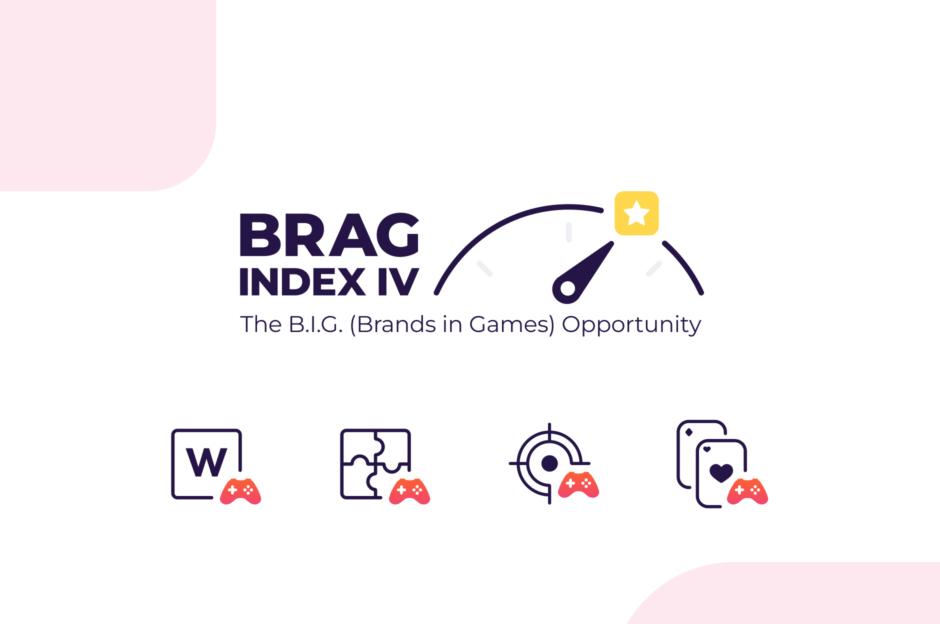What Turns a Good Idea into an Awesome App?
Jan 11, 2018
By: Marissa Camilli
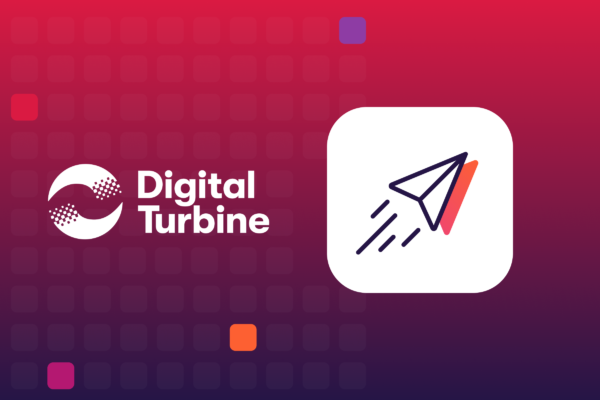
If you want your app to stand out above the noise of the competition, you had better make sure your app (and everything you do to promote it) is nothing short of awesome.
So you’ve had a good idea for your next app, but how do you turn that good idea into an awesome app that people actually want to use? We’ve compiled 10 tips to make sure your next app isn’t left on the shelf.
10 Tips for Delivering an Awesome App Development Project
- Solve a Problem: All good products or services, including apps, have to solve a particular problem for your target audience. Problems come in many shapes and sizes. For example: A game app can solve the problem of boredom on a long journey, a retail app can solve the problem of choice (what bag goes with what shoes?), a ride sharing app can solve the problem of how to get home after a night out and a music streaming app can solve the problem of what to listen to next by discovering new artists for you based on specific listening habits. In fact, if you don’t solve a very real problem – your app will stand absolutely no chance of engagement or longevity. Think about it, if an app doesn’t solve a problem for you, the chances of it staying on your smartphone are extremely limited and those that do survive the cull will never see any engagement. In order to solve a problem – you must first know your audience. Never try to second guess what their problems might be because unless you’ve walked a mile in their shoes (with their smartphone in your pocket), you’ll never know.
- Do One Thing Well: While your target audience might have many different problems, the most successful apps concentrate on doing one thing well. Try to cram too much functionality into an app and the lack of focus will confuse your end user and, in this age of instant gratification, confused users don’t tend to stick around for too long. If you think you might have the potential to solve more than one problem for your target audience, perhaps you should think about launching multiple apps. For example, an organization like Amazon has many different apps available to the end user. A quick search of the Play Store reveals different Amazon apps for movies, music, shopping, ebooks and audiobooks. They could conceivably package all their apps together in one app, but that would make for a potentially confusing and top heavy product. If single use apps are good enough for a company like Amazon, they are almost certainly good enough for you.
- Intuitive Design: Apps typically “come out of the box” without the aid of an instruction manual. If a new user is unable to figure out how the app can help them solve their particular problem within a few taps or swipes, you’ve got a confused user (see point #2). It doesn’t matter how good the backend technology behind your app is, if the user interface (UI) is poor, you will almost certainly lack any significant engagement. Good design is an area where persistent testing will always improve results. And remember, a test never fails if you learn from the results.
- Don’t Build a Wall: Forcing users to register their personal details (via social or email) before giving them the option to, at the very least, sample what your app is all about, will potentially stop users in their tracks and result in low user engagement. Showing them (even a limited version of) what they are missing before you ask users for their personal details, will help build trust and encourage long term engagement.
- Deliver Speed and Stability: If your app is slow or prone to crashes, you’re on the road to nowhere. It’s vitally important that you plan for scale from the onset of your app project. What would happen if 10,000, 100,000 or even 1,000,000 users downloaded your app in a single day? Would your backend systems cope or would your app fall flat on its face? Because the success of apps is often guided by social endorsement and peer-to-peer reviews, a negative experience (even if the problem is resolved quickly) can crush an opportunity before it’s even properly started. How many “one star” reviews could your app stand before it’s consigned to the bottom of the app store heap.
- Lose Some Weight: Big apps might pack a lot of punch (functionality wise) but when space is limited on a device, forcing users to delete existing apps in order to download your “supersize” application can create a real barrier to entry. This is particularly true when targeting certain demographics or geographies where low specification devices are the norm. And it’s not just other apps that your app is competing against. If you think someone is going to delete the thousands of photos of their BFF or that video of their grandchild taken during the holidays in favor of freeing up space for your app – think again. Smart app developers targeting different audiences often create “full feature” and “lite” apps to suit the different marketplaces they serve.
- Think Local: Just because something works well in your home market, doesn’t mean that it will work well in international markets. And it’s not just a case of translating the obvious things like language and currency. High data costs and limited availability of Wi-Fi across many emerging economies can also render apps useless if careful consideration hasn’t been given to localization. Even mature European markets (Germany for example) will have very different preferences when it comes to things like mobile payments when compared to the United States or United Kingdom. Because of this a little local knowledge goes a long way.
- No Such Thing as an Overnight Success: Remember, in the app world there are very few “overnight successes”. Games developer Rovio produced 51 largely unsuccessful games, driving them to the brink of bankruptcy, before they found success with Angry Birds. You cannot really call yourself an app developer without a few failures under your belt. Success almost always belongs to persistent app developers who learn from their mistakes and plan for the long term.
- Keep Innovating: You’re as good as your last idea and in the fast moving world of app development nothing stands still for very long. There will always be someone around the next corner waiting to disrupt your success with a new idea or an improved service. Because of this, a truly great app is never really finished, so build a roadmap for ongoing development and never take your eye off the competition.
- Work with Smart People: The process of developing a useful and engaging app is very different to the process of successfully marketing and deploying an app so that it actually gets used. At Digital Turbine we help app developers get their apps into the hands of the right people at the right time via our global network of smartphone manufacturers (OEMs) and mobile networks. In short, if you have an awesome app, we’ll make sure the right people find it and dramatically improve your chances of engagement.
It’s never too early to start a conversation with an expert at Digital Turbine. Talk to us today about how we can help you deliver the kind of success your next awesome app idea deserves.
You Might Also Like
Newsletter
Sign-Up
Sign-Up
Get our mobile expertise
straight to your inbox.
straight to your inbox.
Explore More

